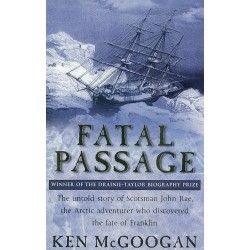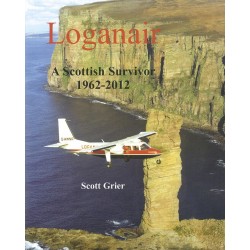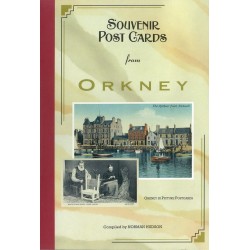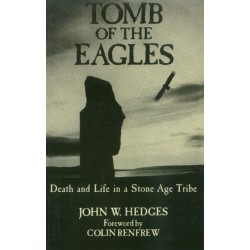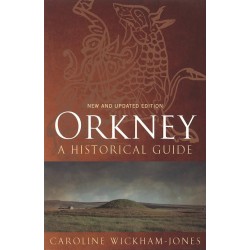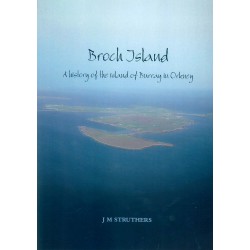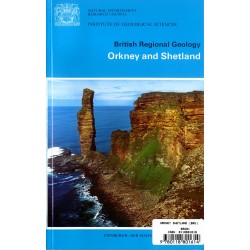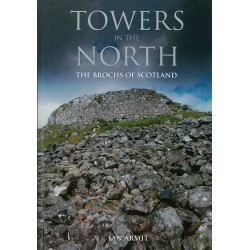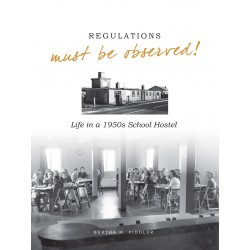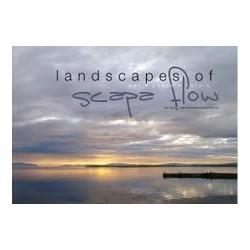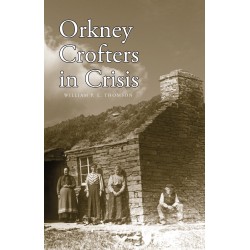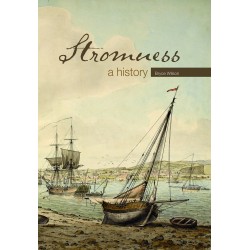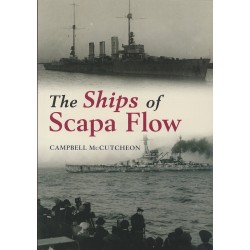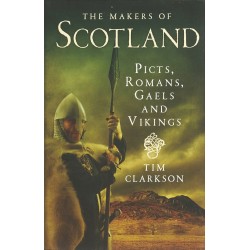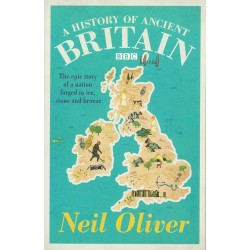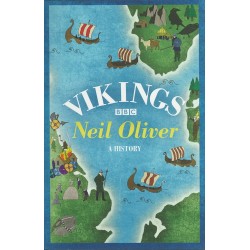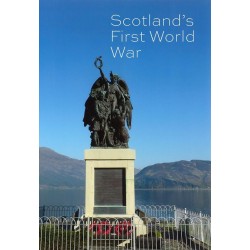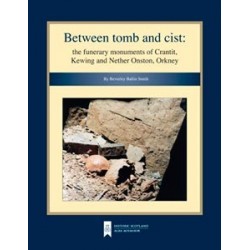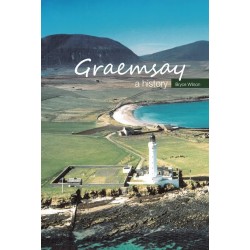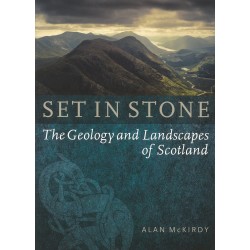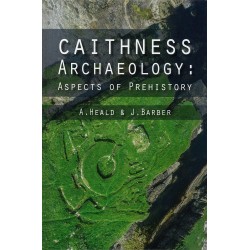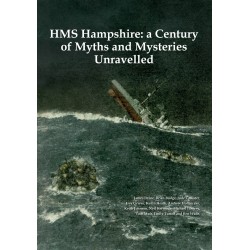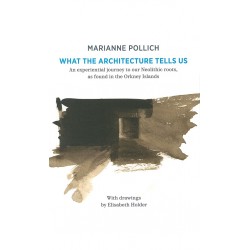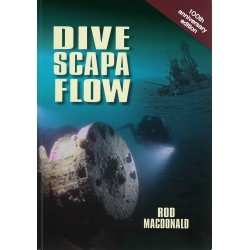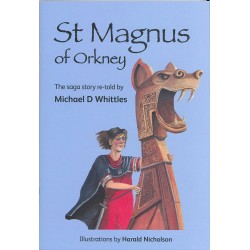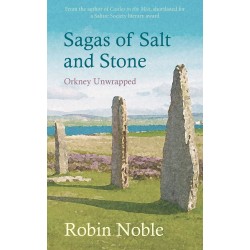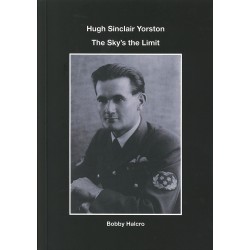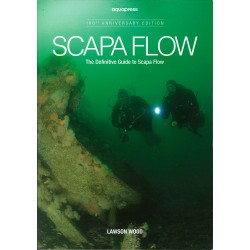No products
Orkney History
- Latest Releases
- Signed Copy Event Pre-orders
- Orkney Guidebooks, Travel Books & Maps
- Calendars, Gifts & Souvenirs
- Orkney Christmas Cards
- Orkney Fiction, Poetry, Folklore & Myths
- George Mackay Brown
- Children's
- Local Author - non-Orkney Related Titles
- Orkney Life, People & Places
- Orkney History
- Maritime
- Photos, Art, Music, Food & Sport
- Nature
- Shetland Books & Maps
- Sale
- 'The Orcadian' Subscriptions
Viewed products
-

The Development of...
Edited by Colin Richards & Richard Jones....
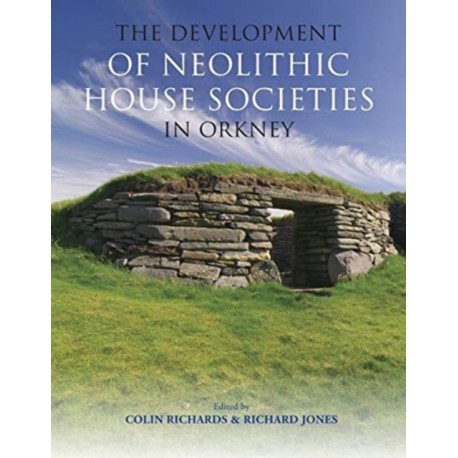 View larger
View larger
The Development of Neolithic House Societies in Orkney
9781911188872
New product
Edited by Colin Richards & Richard Jones.
Paperback.
- Remove this product from my favorite's list.
- Add this product to my list of favorites.
More info
Considering that Orkney is a group of relatively small islands lying off the northeast coast of the Scottish mainland, its wealth of Neolithic archaeology is truly extraordinary. An assortment of houses, chambered cairns, stone circles, standing stones and passage graves provides an unusually comprehensive range of archaeological and architectural contexts. Yet, in the early 1990s, there was a noticeable imbalance between 4th and 3rd millennium cal BC evidence, with house structures, and 'villages' being well represented in the latter but minimally in the former.
As elsewhere in the British Isles, the archaeological visibility of the 4th millennium cal BC in Orkney tends to be dominated by the monumental presence of chambered cairns or tombs. In the 1970s Claude Levi-Strauss conceived of a form of social organisation based upon the'house' - societes a maisons - in order to provide a classification for social groups that appeared not to conform to established anthropological kinship structures. In this approach, the anchor point is the 'house', understood as a conceptual resource that is a consequence of a strategy of constructing and legitimising identities under ever shifting social conditions.
Drawing on the results of an extensive programme of fieldwork in the Bay of Firth, Mainland Orkney, the text explores the idea that the physical appearance of the house is a potent resource for materialising the dichotomous alliance and descent principles apparent in the archaeological evidence for the early and later Neolithic of Orkney. It argues that some of the insights made by Levi-Strauss in his basic formulation of societesa maisons are extremely relevant to interpreting the archaeological evidence and providing the parameters for a 'social' narrative of the material changes occurring in Orkney between the 4th and 2nd millennia cal BC. The major excavations undertaken during the Cuween-Wideford Landscape Project provided an unprecedented depth and variety of evidence for Neolithic occupation, bridging the gap between domestic and ceremonial architecture and form, exploring the transition from wood to stone and relationships between the living and the dead and the role of material culture.
The results are described and discussed in detail here, enabling tracing of the development and fragmentation of societes a maisons over a 1500 year period of Northern Isles prehistory.
30 other products in the same category:
-
-
Loganair: A Scottish Survivor 1962-2012
Of all the airlines in the UK, the oldest name in continous use is that of...
-
-
Tomb of the Eagles: Death and Life in a Stone Age Tribe
The remains of our neolithic ancestors found at Isbister give us an amazing...
-
-
-
Orkney and Shetland: British Regional Geology
Orkney and Shetland by The Institute of Geological Sciences.
-
-
Regulations Must Be Observed!
Life in a 1950s School Hostel as remembered by Bertha M Fiddler. Paperback.
-
Landscapes of Scapa Flow
Landscapes of Scapa Flow War - Peace - Nature By Tom Muir and Scapa Flow...
-
Orkney Crofters in Crisis
An intriguing snapshot of crofting life in the county 130 years ago through...
-
-
The British Sailor of the Second World War
This book tells the dramatic story of how the Royal Navy transformed ordinary...
-
The Ships of Scapa Flow
The story of the ships of Scapa Flow, their sinking and their salvage, using...
-
-
A History of Ancient Britain
The epic story of a nation forged in ice, stone and bronze. By Neil Oliver....
-
-
Scotland's First World War
Exploring the people and places that played an important role in the war...
-
Between the Tomb and Cist
The funerary monuments of Crantit, Kewing and Nether Onstan. By Beverly...
-
-
-
-
HMS Hampshire: a Century of Myths and Mysteries Unravelled
Twelve authors with local knowledge pool their expertise to sort fact from...
-
What The Architecture Tells Us
An experiential journey to our Neolithic roots, as found in the Orkney...
-
Dive Scapa Flow: 100th Anniversary Edition
Completely rewritten, updated and expanded edition of this classic dive...
-
-
-
-
Jutland: The Unfinished Battle
'A compelling dramatic account of the Royal Navy's last great sea battle' By...
-
Scapa Flow: The Definitive Guide to Scapa Flow
The expanded 3rd Edition of the best selling guide to Scapa Flow. 100th...


